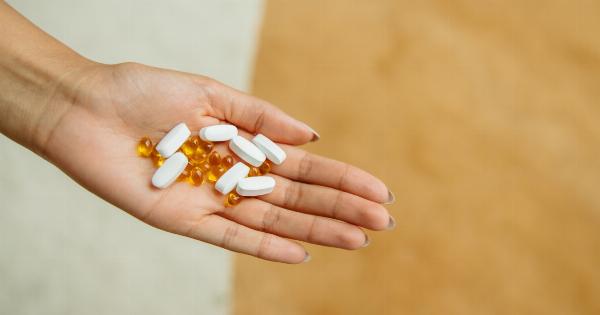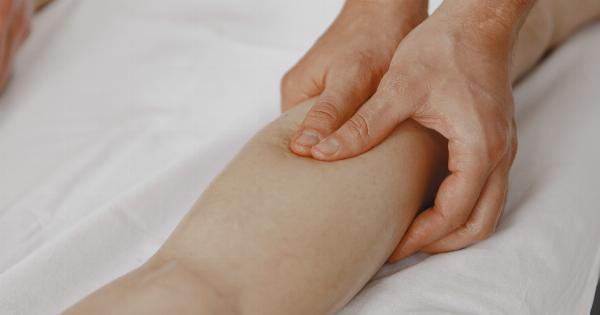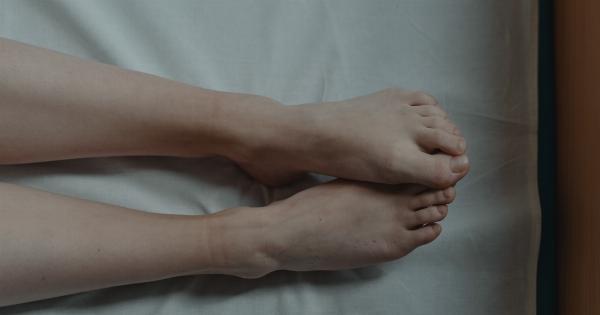Our minds are powerful tools that can influence our physical experiences, and one area where this has been shown to be particularly effective is in pain relief.
Research has consistently shown that the power of the mind to imagine and visualize can have a profound impact on reducing pain levels, regardless of the cause.
How Does Imagination Help Relieve Pain?
When we experience pain, the body sends signals to the brain, which interprets them as physical discomfort.
However, the brain also has the ability to modulate these signals, and one way of changing the perception of pain is through the power of imagination.
Imagery techniques involve using the mind to create vivid images that can affect the way the brain processes pain.
By creating positive mental images, we can shift the focus away from the pain and towards something that is more pleasant and less threatening. This can help to reduce the intensity of pain as well as the emotional distress that often accompanies it.
Furthermore, the use of imagination can trigger the release of natural painkillers within the body, such as endorphins, which can help to manage pain levels effectively.
Types of Imagery Techniques
There are several different types of imagery techniques that can be used to help manage pain. Some of the most commonly used ones include:.
Guided Imagery
This involves listening to a recording or working with a therapist to create mental images that correspond with specific goals. For example, a person may be guided to imagine a peaceful scene such as a forest or beachside while focusing on their breath.
This can help to reduce stress and lower pain levels.
Positive Imagery
This involves creating positive images that evoke feelings of joy, happiness, and relaxation.
For example, a person may be instructed to visualize being surrounded by friends and family, engaging in a favorite hobby, or a happy memory to help shift focus from pain to positive emotions.
Pain-Specific Imagery
This involves creating visualizations that relate directly to the pain experienced.
For example, a person with back pain may be instructed to visualize their spine as a strong and healthy column, and to imagine a warm, soothing energy flooding the area to reduce pain signals.
Interactive Guided Imagery
This involves actively engaging with a therapist or recorded program to create interactive visualizations that involve problem-solving difficult situations or confronting anxieties that contribute to the pain.
This can help to reduce emotional distress and therefore pain.
Applications of Imagery Techniques
Imagery techniques are highly versatile and can be used to manage pain caused by a variety of conditions, including:.
Arthritis and Joint Pain
One study found that older adults with arthritis who underwent guided imagery sessions experienced a significant reduction in pain, stiffness, and physical disability.
Migraines and Headaches
Imagery techniques have been found to be effective in reducing the frequency and severity of migraines and headaches. In particular, guided imagery has been shown to be beneficial in preventing the onset of migraines.
Pain associated with Cancer
Patients undergoing cancer treatment often experience pain. Evidence suggests that imagery techniques can help reduce pain and decrease the need for pain medication in cancer patients with chronic pain.
Chronic Back Pain/Rheumatoid Arthritis
A study showed that guided imagery and a therapeutic touch intervention helped to decrease the perception of back pain in participants that had come from practicing guided imagery and touch, compared to those who used either alone.
Conclusion
Research continues to demonstrate the potential for imagery techniques to help manage pain.
While it is important to note that they may not be suitable for everyone and are not meant to replace conventional medical treatment, these techniques offer an effective complementary strategy for those who suffer from chronic pain.






























